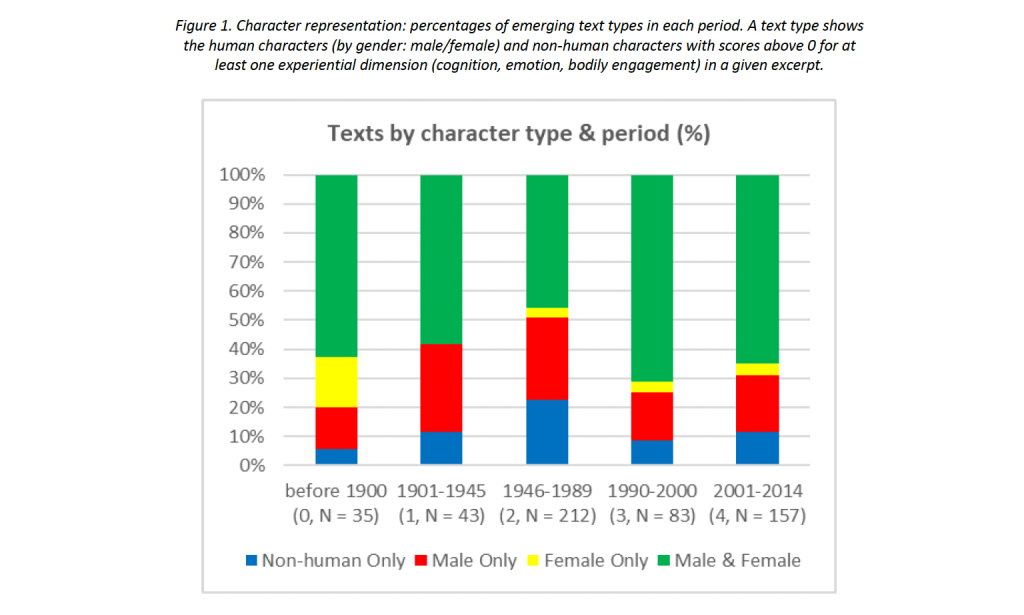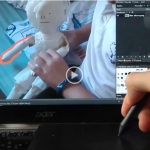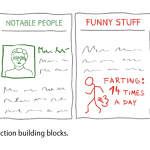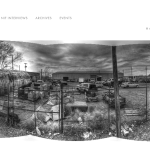Complex characters of many kinds? Gendered representation of inner states in reading anthologies

Citation
Segi Lukavská, J., & Kuzmičová, A. (2022). Complex characters of many kinds? Gendered representation of inner states in reading anthologies for Czech primary schools. L1-Educational Studies in Language and Literature, 22(1), 1–24.
https://doi.org/10.21248/l1esll.2022.22.1.406
We developed a procedure for examining what types of characters are represented in children’s texts and through what experiences, and found deep gender imbalances in our sample of Czech anthologies.
Abstract
L1 literacy instruction in Czechia largely relies on reading anthologies, i.e., textbooks containing short excerpts of literary texts from the 19th to 21st century. Focusing on current Year 3 anthologies (N = 13), we have developed a simple, scalable and transferable analytical procedure examining what types of characters (male, female, animal, other) are represented in the narratives included (N = 530), what experience dimensions (cognition, emotions, bodily engagement) these characters are attributed, and on what levels of complexity. We found that female characters overall are strongly underrepresented in the anthologies, including excerpts from the most recent children’s literature which is predominantly authored by women. Further, female characters show lower complexity than male characters in emotions, bodily engagement, and especially cognition. In a concluding case study of one particular text, we demonstrate how even excerpts with relatively complex characters of both genders may tend to perpetuate deeper imbalances. Our approach provides an experientially nuanced alternative to traditional content analysis yet its more basic steps remain easy to use for practitioners in selecting literary texts for teaching. It can be applied in research anywhere but also in designing classroom activities exploring diversity in stories, whether the focus is gender, ethnicity, or other.


